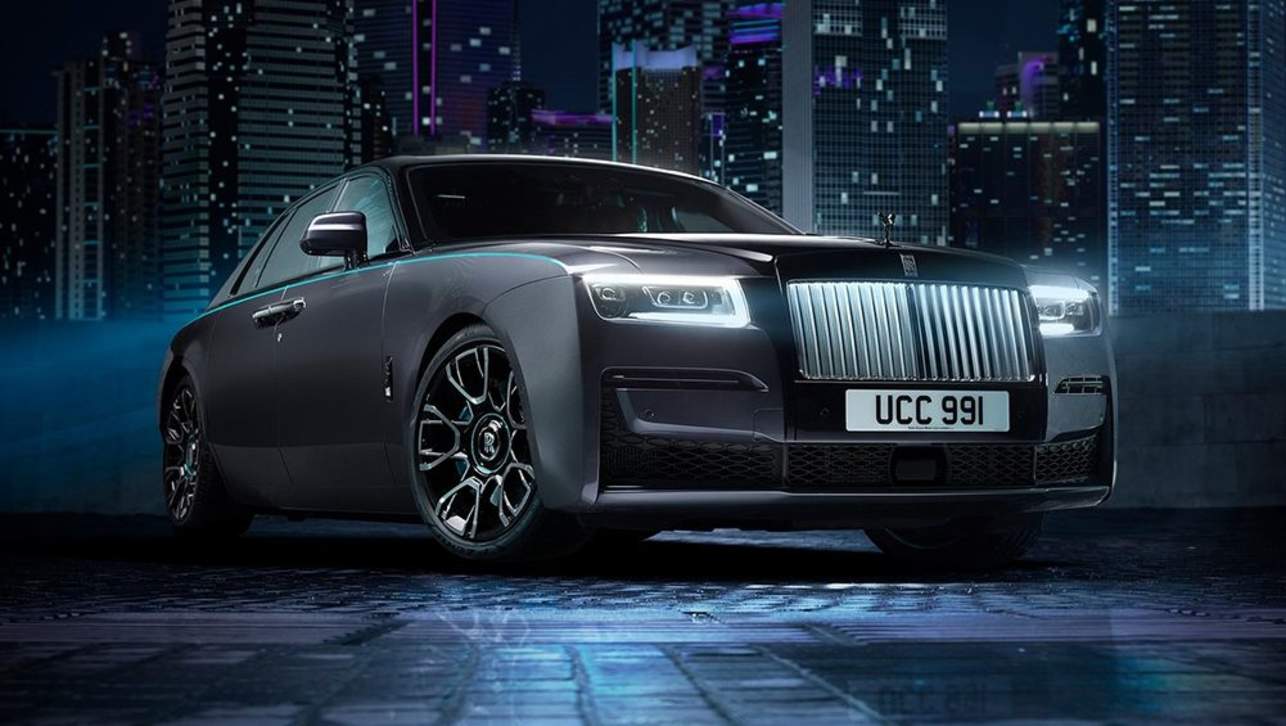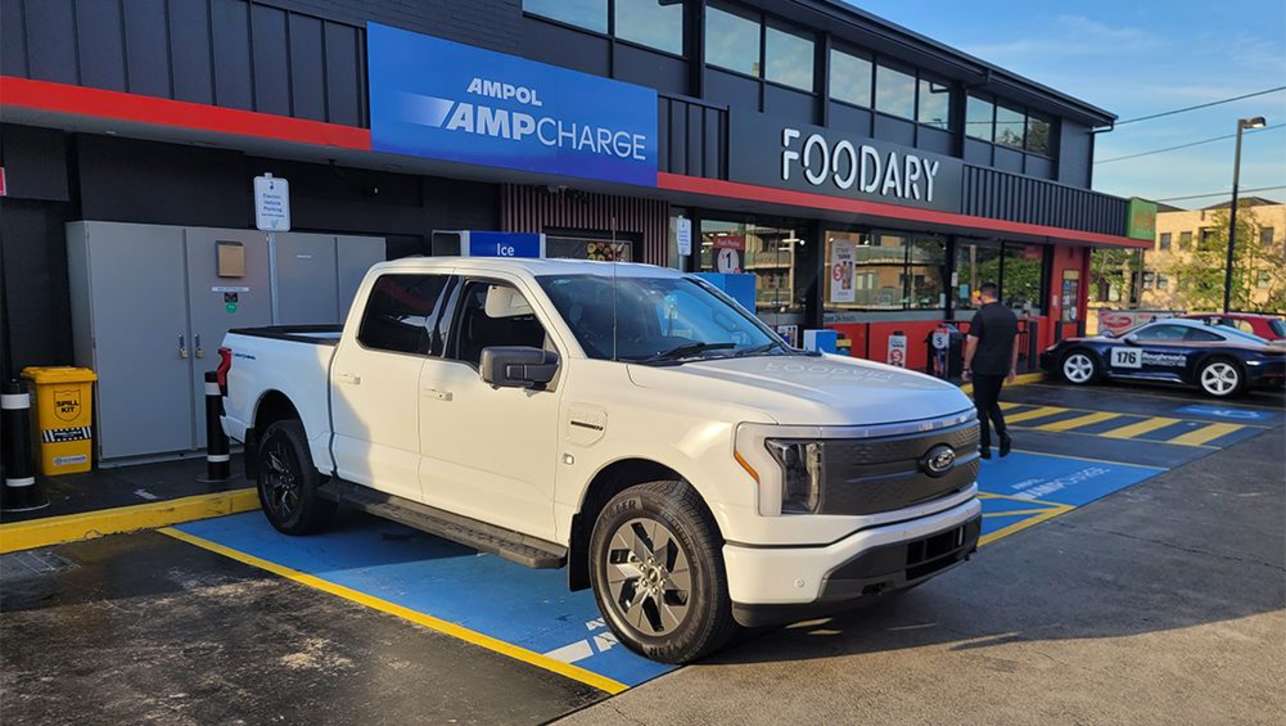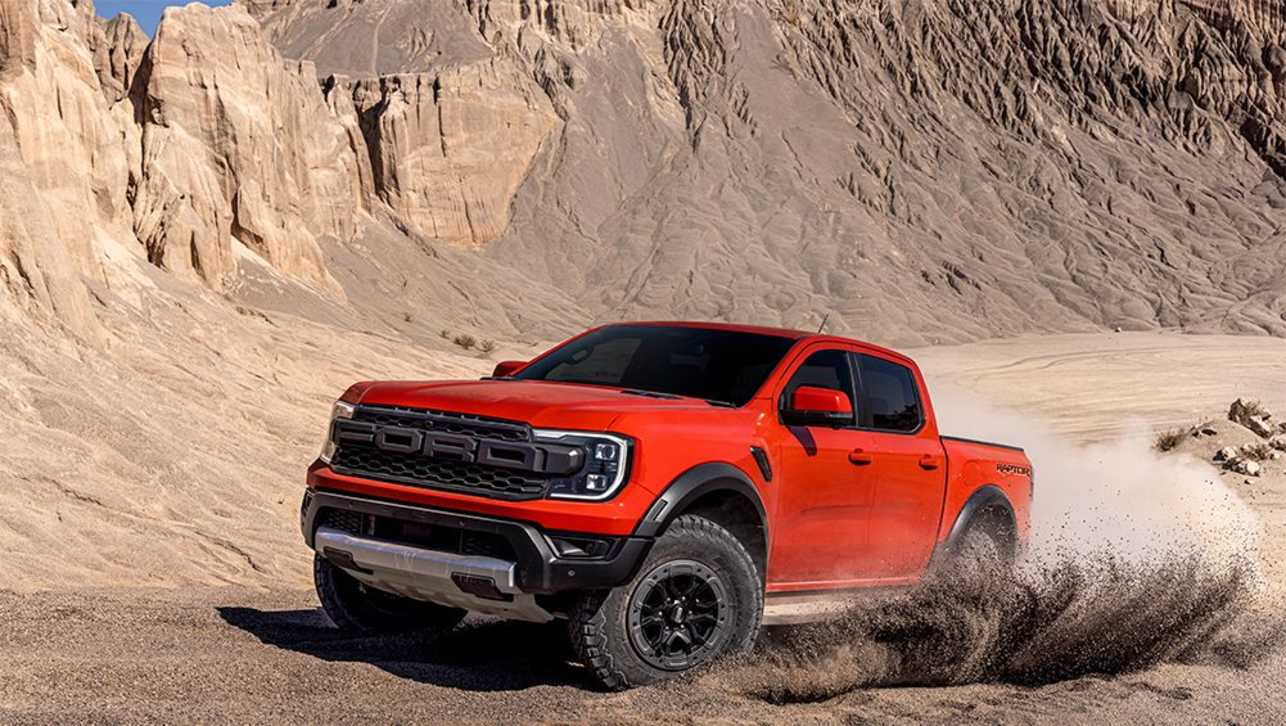Sounds like a trick question? You're right. Like everything else in the car world, the definition of "new" is negotiable.
If you think "new" applies to the shiny four-wheeled object you're about to sign up for, that it just rolled off the production line, hasn't been driven, is packed with state of the art tech and won't be superseded for a few years, you're probably wrong. I'll explain …
Birthdays
Get a car's birthday wrong and it can cost you serious money. When a car leaves the factory, it carries a build plate, which identifies the month and year it was manufactured.
When an imported car arrives in Australia it is also fitted with a compliance plate, which identifies the month and year it landed and cleared customs with the relevant approvals according to the Australian Design Rules.
When you buy, register and insure a new car, its model year is determined by the compliance plate date.
It's often the case that an imported car is built in the year before it arrives in Australia, so the build plate will identify the car as being a year older than the compliance plate.
If you're buying a new car, your friendly local dealer will point to the compliance plate as evidence of its birthday.
Always check the compliance plate and build plate dates. If either or both are stamped with last year's date, your new car isn't really new any more, so factor this into the deal.
However at trade-in time they will also have a look at the build plate, and if it's from a year earlier, that's the year they will use in valuing the car, because one year older means it's worth less.
In the early months of a new year, most importers and dealers are still holding compliance-plated stock from the previous year. You'll often see it advertised in January with a discount, for the same reason — it's now one year old.
Always check the compliance plate and build plate dates. If either or both are stamped with last year's date, your new car isn't really new any more, so factor this into the deal.
Registration
A similar trap applies here. In the car business, everybody from the global supremo to the sales junior at the smallest dealer has to meet targets. If they don't, they soon get to spend more time with the family.
So importers and dealers will sometimes register new cars late in the year to get them included in annual sales numbers, even though the cars haven't actually been sold to real people. These cars will then be sold as demonstrators, usually with a few kilometres on the clock and often at an attractive price. That's fine but the factory warranty starts ticking as soon as the car is registered, so if a demonstrator was registered six months before you bought it, six months' warranty has already expired. It's offered to you with the balance of the warranty.
Factor this into the price, or hit the dealer for the full warranty coverage, in writing.
Everything old is new again
In automotive engineering terms, a brand new model usually only comes along every five to 10 years. Brand new in this context means a car with new drivetrains (engine/transmission/software) and/or the platform, the base structure of a car that determines its dimensions, configuration and other fundamentals.
It may seem contradictory but styling is rarely an accurate indicator of newness.
Sheetmetal is merely cosmetic, so if a manufacturer wants to recycle an old model as a new one, the oldest and cheapest trick in the book is a "facelift." This usually runs to a restyled front end, a little nip and tuck at the rear, new lights at each end, different looking wheels and extra colours on the palette. They simply change the box, not the chocolates.
An exception is the Audi A4, which cloaks major technical advances in a body that looks much like its predecessors.
The main factors driving new model development include ever-tightening emissions standards, fuel efficiency and such driver assistance/semi-autonomous vehicle safety tech as automatic emergency braking and smartphone integration.
If you're looking at a new car to buy, do some research on CarsGuide to see how its credentials here stack up against the rest of the class.
Japanese and Korean makers usually follow a relatively conservative, low-risk engineering path for their higher volume, lower priced cars, with less frequent changes and updates throughout a model's life.
German makers, in contrast, tend to turn over models and introduce engineering innovation at a faster rate than the rest of the market, because (in common with Apple) they take a technology-driven approach and charge premium prices to affluent customers.
The downside for those customers is that their new German car is often superseded shortly after they bought it.
The latest is never the greatest for long in the car business.
New is better
Not necessarily. The maxim "Never buy an early example of a new model" still holds true. A new-from-the-wheels-up car will often have a few problems, in some cases serious ones that soon cause their owners to wish they could make "that new car feeling" just go away.
Engineering development on a new model doesn't stop when it goes into production.
Examples include 2004 Ford Territory, Holden's 2006 VE Commodore and Cruze, several Benzes from the noughties, including the C, E and M-Class, Jeep Grand Cherokee, Peugeot's 2001 307 and several Audi and Volkswagen models, notably those with the DSG/S Tronic transmissions, including Q5, Polo and MkV-VI Golf.
Engineering development on a new model doesn't stop when it goes into production. By the time a car has been in production for a couple of years, the manufacturer usually will have fixed most of the bugs and made other improvements in response to owner feedback and what the competition is offering.
Run in to a runout
Given makers' continuing improvements, the best time to buy a new car is just before it's about to be superseded. It's been around for a while (usually five to 10 years), it's thoroughly sorted and "in runout" — industry code for get rid of it before the new model arrives — so you'll pick up a good deal.
Hyundai's current deal on the i30 is a prime example. The brand spanking 2016 model is imminent. I haven't yet driven it but I don't care how good it is, because the runout deal of $19,990 drive-away with the six-speed automatic is an absolute bargain and about $7000 off full freight.
It's always worth checking where the new car you're thinking of buying is in its life cycle. If it will be superseded within a year or two, its trade-in value will take an extra hit and it's probably worth waiting until runout time, when the savings will compensate for this.
If it's about to be superseded by a car that's demonstrably better in the important areas, it might be worth waiting for the new model. But bear in mind that the majority of new models aren't 100 per cent, or even 50 per cent, new at all.


.jpg)

.jpg)
 copy.jpg)


.jpg)
.jpg)












.jpg)


.jpg)

.jpg)
.jpg)
.jpg)




.jpg)




Comments